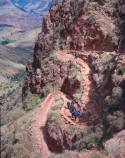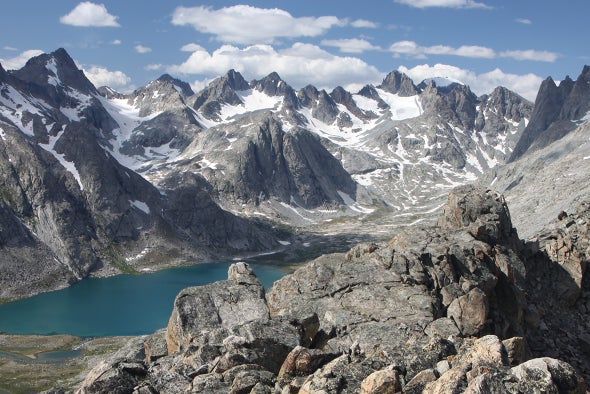There were at least two reported hiking deaths in 2017 attributed to altitude sickness. One a 17 year old Boy Scout backpacking in Utah, and another a 20 year old female hiking in the Colorado mountains.

A Boys’ Life article discusses altitude sickness and how to combat it, saying that altitude sickness generally occurs at 8000 ft. elevation and above. Typical symptoms include headache, nausea, and fatigue. Prompt removal to a lower elevation is necessary to avoid fatal effects on brain or lung function. Altitude sickness is one of the risks identified by Philmont for potential participants.
It is obviously important to not confuse such symptoms with those of dehydration, etc., and to remove the affected person to a lower altitude as quickly as possible.
Causes can be ascending faster than 1500m per day, or vigorous exercise at altitude. Reportedly, one in ten persons may be prone to altitude sickness.
Here is another excellent article about the hazards of altitude sickness.

One of BSA’s Safety Moments is directed to altitude sickness.
The potential for altitude sickness is one factor that should be taken into account when planning an activity when altitude may be a factor!
